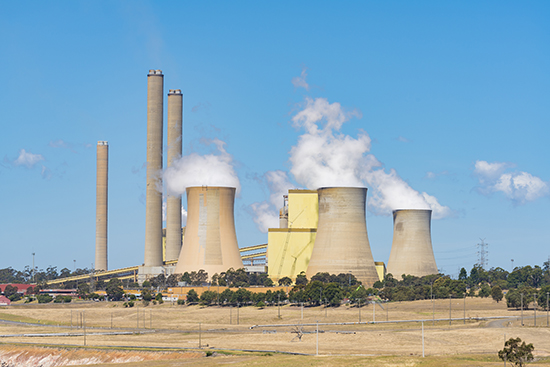Electricity systems previously based largely on coal-fired power stations offer more potential for the expansion of renewable energy than is often claimed. Coal-fired power stations can adapt their electricity generation to the fluctuating output of wind and solar power stations far more flexibly than was generally assumed to date. Only minor modifications are required for this, even with old coal-fired power stations. This gives countries which have historically relied largely on coal a way to make their electricity generation more climate-friendly at a low cost, while preserving the security of electricity supply. However, in electricity systems where there are also many gas-fired power stations on the grid, flexible coal-fired power stations can lead to more greenhouse gases – for example, relatively climate-friendly but more expensive gas-fired power stations are still being ousted by polluting coal-fired power stations, for example in Germany. This trend can only be broken by climate policy measures, for example a minimum price for CO2 that renders electricity generation from coal more expensive.
These are the results of a study by Agora Energiewende, which has now been presented. The study names Germany and Denmark as examples of successful modifications of coal-fired power stations. Both countries now operate coal-fired power stations, which were originally highly inflexible, almost as flexible as gas-fired power stations. For example, they can increase and decrease their outputs in quarter-hourly intervals, reacting to signals from the electricity market. In the balancing energy market, power is sometimes even regulated in five-minute steps.
The study mentions South Africa and Poland as examples of electricity systems where a modification of coal-fired power stations could lead to increased flexibility. To date, both countries produce most of their electricity from coal, more than half of the corresponding power stations are at least 30 years old. “Both South Africa and Poland have outstanding locations for renewable energy sources and both countries are set to update their power stations. Our study shows that under conditions like these, the expansion of wind energy and photovoltaics are an effective way to modernise the electricity system – both under climate action aspects and cost aspects,” says Dimitri Pescia, flexibility and electricity markets expert at Agora Energiewende.
The study was developed by consulting firms Prognos and Fichtner on behalf of Agora Energiewende. Prognos investigated the effects of renewable energy sources on the conventional electricity system and on CO2 emissions and produced the case studies on Poland and South Africa. Fichtner produced the technical paper on increasing the flexibility of the coal-fired power stations.
Click below to share this article

